
Do-Shop #4 (students only)
Claire Cunningham: Visibility is no Choice
Claire Cunningham’s work is often rooted in the study and use/misuse of her crutches and the exploration of the potential of her own specific physicality with a conscious rejection of traditional dance techniques (developed for non-disabled bodies). In her live and artistic career, she was always visible due to her disability, she says. This Do-Shop is about the choice to be visible on and off stage.
Feb. 18/19/21/22, 3:00 pm
Kampnagel, Jarrestraße 20, 22303 Hamburg, room K31
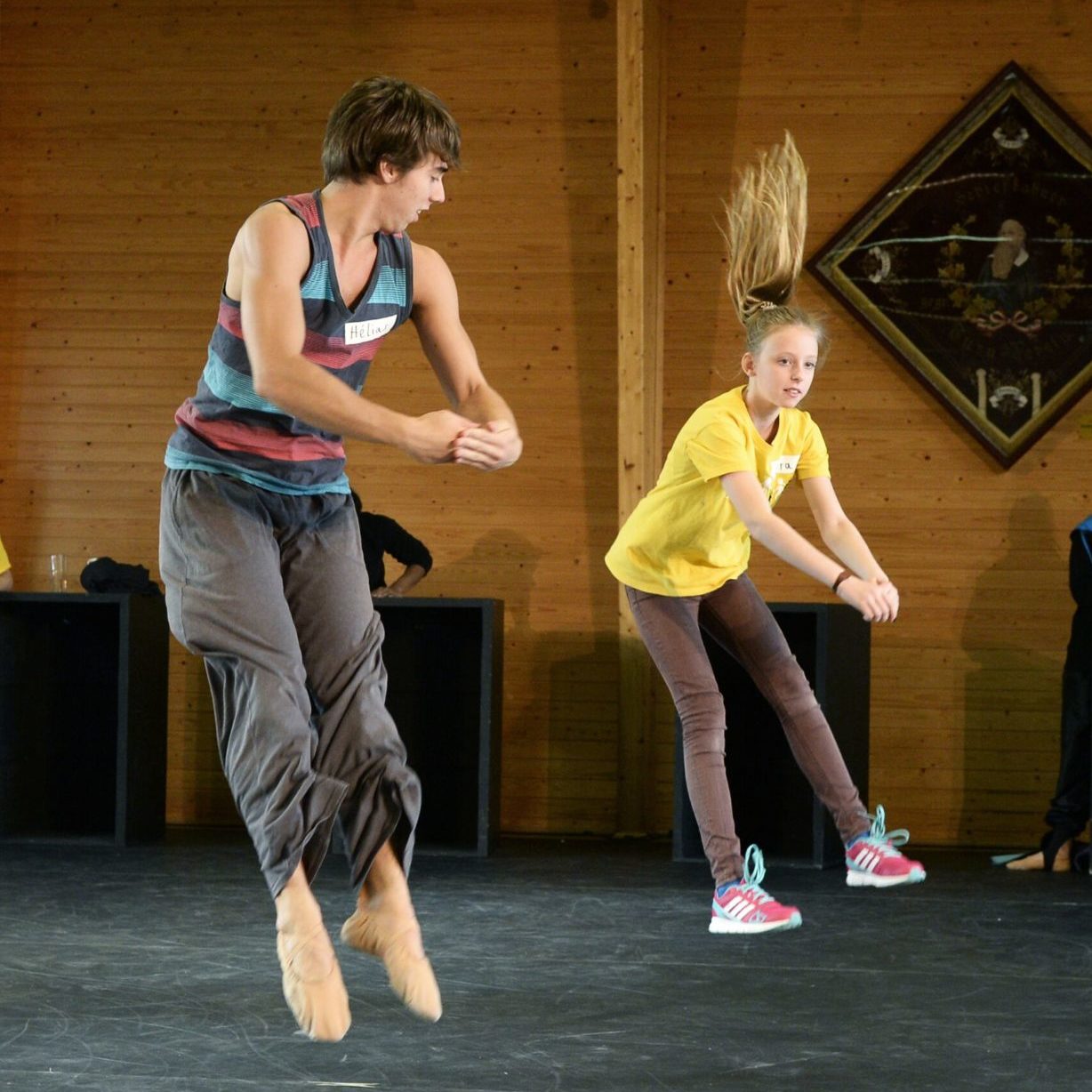
Do-Shop #5 (students only)
Bea Carolina Remark / Raymond Hilbert: Dancing Together
How do dance and inclusion fit together? For a long time dance has not been thought as an inclusive art form. That it can be one has been proven by the National Youth Ballet (NYB), among others, for many years in numerous collaborations with institutions whose field of activity lies outside the art world. The Do-Shop directors Raymond Hilbert, Ballet Master of the NYB, and dance creator Bea Carolina Remark invite you to freely investigate your individual repertoire of movements and to develop it into a common language of dance and movement by exploring how dance can be experienced by everybody. The do-shop participants will take part in the inclusive work of the National Youth Ballet and of Bea Carolina Remark, both observing and participating. Let’s enjoy dancing together!
Feb. 18/19, 3:00 pm
Kampnagel, Jarrestraße 20, 22303 Hamburg, room K4
The participation of the students of the Heinrich Ernst Stötzner School in Hanover is supported by the Gabriele Fink Foundation.
Attention: criss-cross!
The do-shops #5-8 are two days each, on Tuesday and Wednesday #5 and #6, on Friday and Saturday #7 and #8. They will be combined as 5/7, 5/8, 6/7 and 6/8.

Atelier 1
Dancing with a company
Participants work on an excerpt from John Neumeier’s repertoire: Orphée et Eurydice.
John Neumeier has always exceeded common expectations by not letting himself be defined solely as an artist in the role of a choreographer. With the premiere of Christoph Willibald Gluck’s Orphée et Eurydice at the Lyric Opera Chicago in 2017, he directed the opera as well as taking the responsibility of the choreography, the stage design, costume and lighting design – thus enabling an unexpected fusion of ballet and opera. The inspiration for this innovative production was the Parisian version of 1774, for which the composer provided extensive dance performances.
For John Neumeier, however, the dynamic coupling of music and dance is not an end in itself. His modern adaptation of the plot framework is inspired by Gluck’s idea of making human emotions intuitively tangible: “We have all had experiences of loss –even if they do not reach the dimensions of madness that I think can be shown in ‘Orphée’.”
Teacher: Janusz Mazoń
Feb 18 + 19, 11-12 am, room Fokine
Ballettzentrum Hamburg John Neumeier, Caspar-Voght-Straße 54, 20535 Hamburg
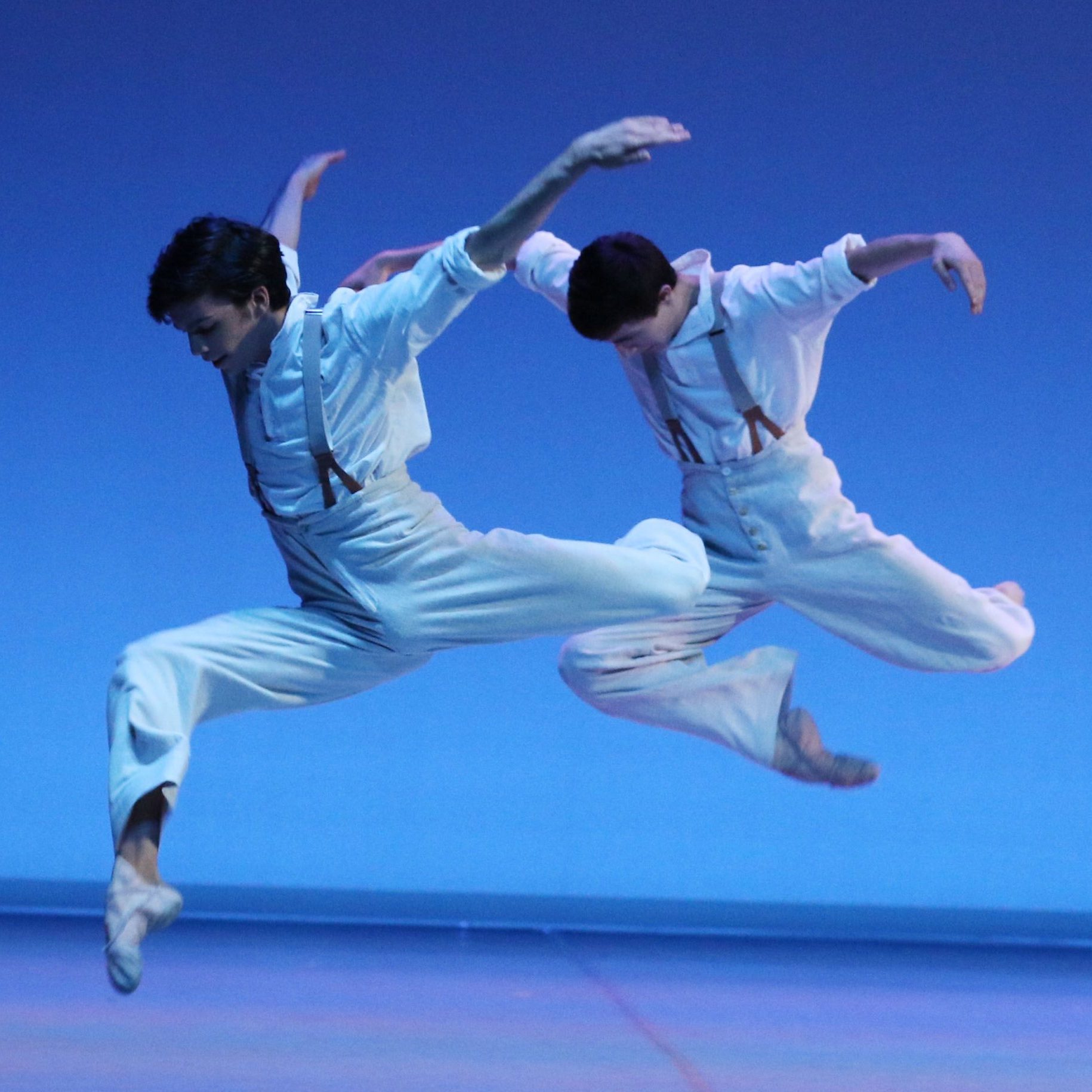
Atelier 3
Yondering
Participants work on an excerpt from John Neumeier’s ballet: Yondering.
In 1996, John Neumeier choreographed the Ballet Yondering for Canada’s National Ballet School to the music of Stephen Foster. The title was chosen from pioneering days in America, when the first settlers made their way in the unknown west und discovered a new country. They left their familiar surroundings and everything they knew behind, looked “over yonder” and went beyond this frontier although nobody knew what to expect. This journey and the courage going beyond this frontier was known as “Yondering”. The link between the word and the ballet Yondering manifests itself in the fact that John Neumeier choreographed this ballet only for students to perform and not for professional dancers.
Most of the students who dance Yondering are facing their own frontier. They have almost completed their training and are about to begin their first engagement in a professional company. These students are also looking “over yonder”, looking towards their new world as professional dancers. Only these students at this time in their lives have the ability to express the feelings of this ballet. The lyrics and Thomas Hampson’s interpretation accentuate the deep emotion and the innocence of youth.
Teacher: Kevin Haigen
Feb 18 + 19, 11-12 am, rooms Petipa, Nijinsky
Ballettzentrum Hamburg John Neumeier, Caspar-Voght-Straße 54, 20535 Hamburg
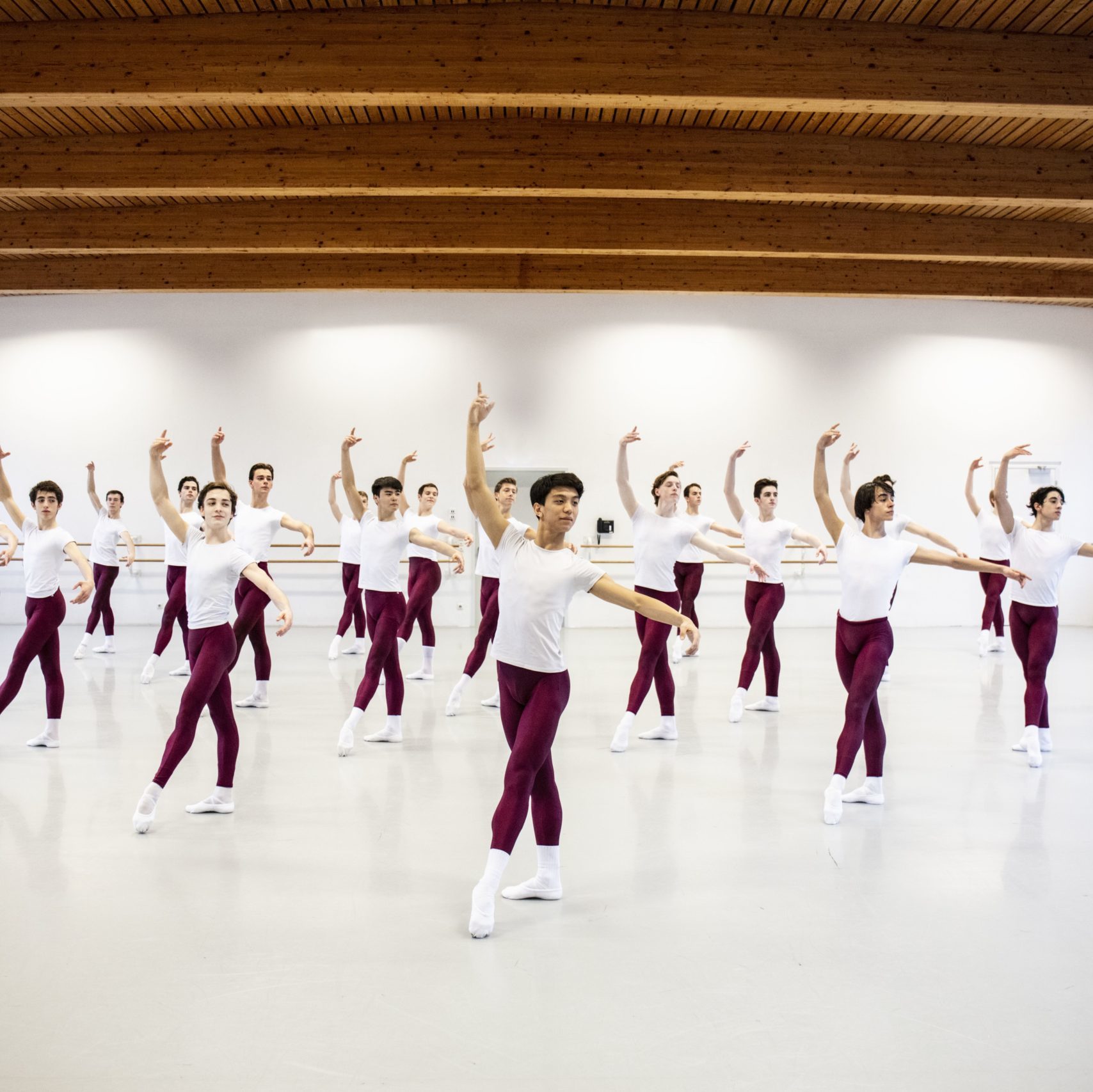
Training Ballet
The classical training of the School of the Hamburg Ballet is based on the Vaganova method and is used individually by the teachers of the school to build the focus of the training.
John Neumeier, speaking about the School of the Hamburg Ballet: “As a choreographer I have created a company with a unique image and founded a school that combines two important elements. A school with and without its own style. The school has its own style because it is closely associated with the Hamburg Ballet and with myself as its chief choreographer. It is also without a particular style because we offer a solid, all-round dance education. This training equips young dancers with the tools required to establish themselves in the dance world of today, preparing them for a fulfilling professional life.”
Teachers: Gigi Hyatt, Kevin Haigen, Anna Urban, Carolina Borrajo, Leslie Hughes, Christian Schön, guest teachers: Rosemarie Helliwell, Jason Beechey
Feb 18/19/21/22, 9:15 -10:45 am, rooms Fokine & Petipa
Feb 19/21, 10:45 – 12:00 noon, room Nijinsky
Feb 20, 9:15 – 10:30 am, rooms Fokine & Petipa
Ballettzentrum Hamburg John Neumeier, Caspar-Voght-Straße 54, 20535 Hamburg

Training Contemporary
Among the techniques that will be appropriated, contemporary training will be held in Horton technique and according to the methodology of Sigard Leeder.
Teachers: Stacey Denham, Raymond Hilbert, guest teachers: David Russo, Stephan Brinkmann
Feb 18/19/21/22, 9:15 -10:45 am, room Nijinsky
Feb 18/19/21/22, 10:45 – 12:00 noon, room Cranko
Feb 20, 10:45 – 12:00 noon, room Cranko
Ballettzenturm Hamburg John Neumeier, Caspar-Voght-Straße 54, 20535 Hamburg
Do-Shop Programme
In this Biennale, we concentrate on being and creating together in all themes and methods. For this reason, we have decided to call the workshops Do-Shops.
Please find below an overview of the Do-Shop programme which takes place from Tuesday, Feb 18 to Saturday, Feb 22 from 3:00 pm to 5:30 pm at Kampnagel, Do-Shop #9 on Feb. 19 starts at 10:00 am. A variation of the programme builds Thursday, Feb. 20 with the symposium. No further Do-Shops will take place on this day.
Participation in the Do-Shop programme will be drawn by lot. Please check your individual welcome folder!
Students take part in the Do-Shops#1 to #8 and teachers join the Do-Shop #9, whereas the symposium can be attended by teachers and students together.
Feb. 18 to 22, 15:00 to 17:30
Symposium on Feb. 20, 15:00 to 17:30
Kampnagel, Jarrestraße 20, 22303 Hamburg
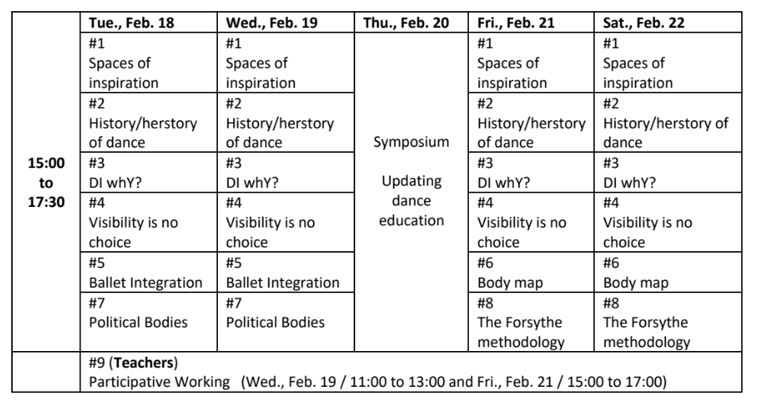
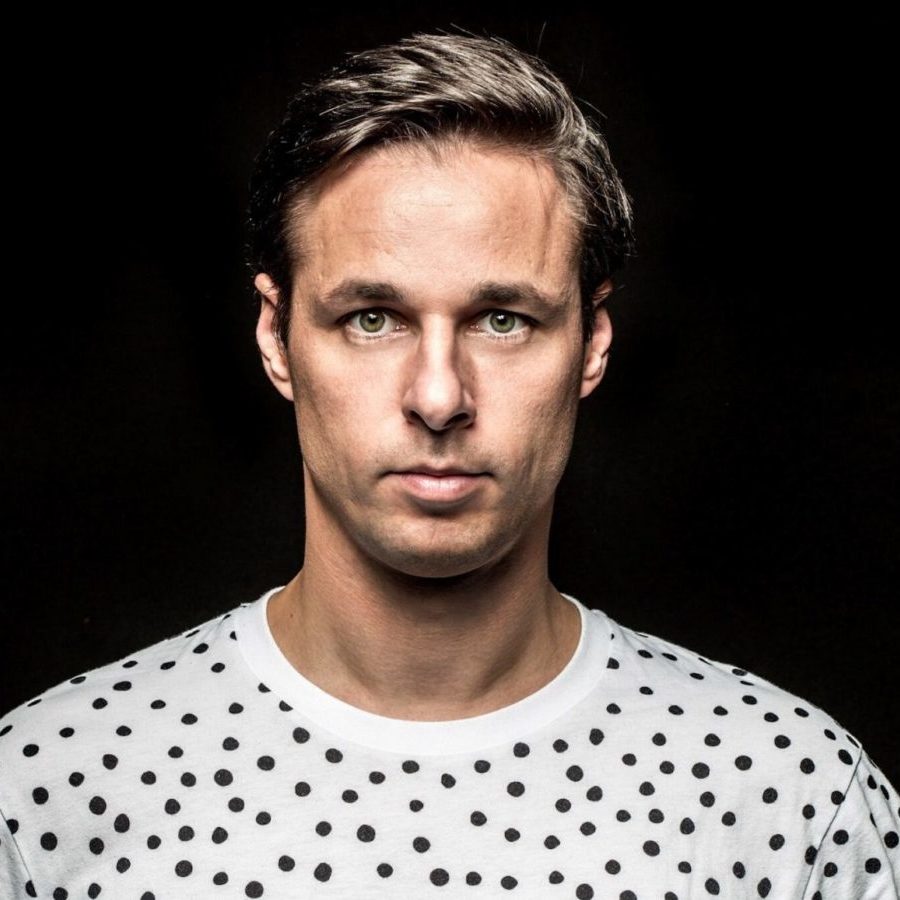
Mentoring MA-Students
RESEARCHING EXCHANGE-TECHNOLOGIES OF INTERACTION
The MA students participating in the 7th Bienn ale Tanzausb ildung 2020
Hamburg will take part in the training and Do-Shop programmes like all other students. In addition, they are cordially invited to provide critical support for the Biennale and reflect on the content, structures and working methods, based on chosen interest, which may correlate with topics in their MA -programme. The MA students are supervised by the dance scholar, choreographer and dancer Sebastian Matthias who supports them as a mentor in the process of their project implementation. The respective focus is defined in advance in an exposé and jointly specified on the first day of the Biennale. Sebastian Matthias will accompany the work during the week. At the end of the Biennale it will be presented to all of the participants as a critical reflection and summary.
Mentor: Sebastian Matthias
Feb 17, 4:30–6:45 pm
Feb 22, 9:30–12:30 pm
Kampnagel, Jarrestraße 20, 22303 Hamburg, room K33

Excursion
ARCHIVE JOHN NEUMEIER
During the Biennale, the participants can visit the archive of the Foundation John Neumeier.
John Neumeier‘s dance and ballet collections, accumulated over a period of decades, form a unique amalgamation of an art collection, a library and an archive that is renowned in academic circles around the world. The function and aim of the Foundation is to preserve and portray the history of ballet through words and images, documents and objects and to present them together with the catalogue of John Neumeier‘s work in a comprehensible and tangible way within a sympathetic artistic environment.
The Foundation John Neumeier was founded on February 23 of 2006. It represents in a sense a »third pillar« of John Neumeier‘s artistic activities in Hamburg – a place designed for dance studies and the research, documentation and presentation of dance – together with the Hamburg State Opera, the performance venue of John Neumeier‘s ballets and the Ballet Centre Hamburg John Neumeier, where the ballets are created and the dancers learn their craft.
Feb 17, 4:00–5:00 pm + 5:00–6:00 pm
Feb 19, 1:00–2:00 pm
Feb 20, 4:00–5:00 pm + 5:00–6:00 pm
Feb 21, 1:00–2:00 pm
Station Kellinghusenstraße (Meeting point)
